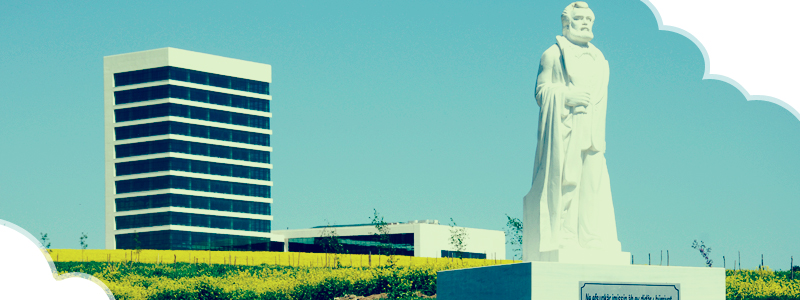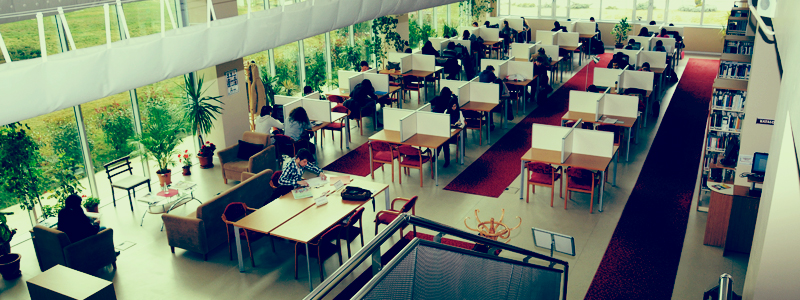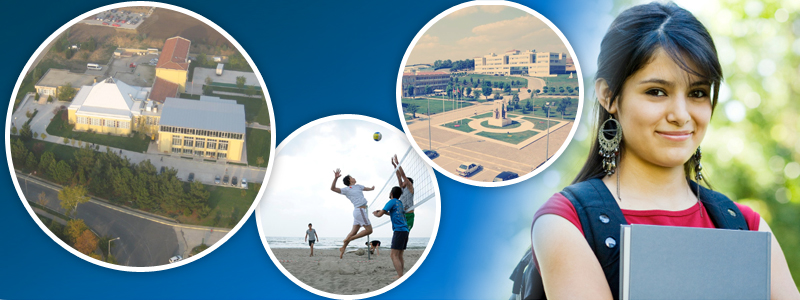









| Academic Unit Presenting the Program | Machinery | |||||||||||||||||||||||||||||||||||||||||||||||||||||||||||||||
| Program Director | ||||||||||||||||||||||||||||||||||||||||||||||||||||||||||||||||
| Program Type | Associate Degree Program | |||||||||||||||||||||||||||||||||||||||||||||||||||||||||||||||
| Level of Degree Earned | ||||||||||||||||||||||||||||||||||||||||||||||||||||||||||||||||
| Degree Earned | ||||||||||||||||||||||||||||||||||||||||||||||||||||||||||||||||
| Education Type | Tam zamanlı | |||||||||||||||||||||||||||||||||||||||||||||||||||||||||||||||
| Registration Acceptance Conditions | Those who have successfully completed their secondary education are eligible. | |||||||||||||||||||||||||||||||||||||||||||||||||||||||||||||||
| Recognition of Prior Learning | The process of recognition of prior education by Turkish higher education institutions is still in its incipient stage. Likewise, the recognition of prior education has neither been started nor implemented by all departments at Namik Kemal University. However, a proficiency exam is held at the beginning of each academic year regarding the compulsory Foreign Language Course which is to be offered in the curriculum of all departments. The students who have embarked on a self-learning period or acquired necessary skills in the course are eligible to enter this exam. Those who have successfully passed the exam are eligible not to take the course. | |||||||||||||||||||||||||||||||||||||||||||||||||||||||||||||||
| Degree Requirements and Rules | The students studying in this undergraduate program are required to have a Cumulative Grade Points Average (Cum.GPA) of not less than 2.00/4.00 and have completed all the courses with at least a letter grade of DD/S in the program in order to graduate. The minimum number of ECTS credits required for graduation is 120. It is also mandatory for the students to complete their compulsory internship in a specified duration and quality. | |||||||||||||||||||||||||||||||||||||||||||||||||||||||||||||||
| Program Profile | ||||||||||||||||||||||||||||||||||||||||||||||||||||||||||||||||
| Occupational Profiles of Graduates | ||||||||||||||||||||||||||||||||||||||||||||||||||||||||||||||||
| Access To Upper Degree | ||||||||||||||||||||||||||||||||||||||||||||||||||||||||||||||||
| Exams, Assessment and Grading | Students will take a minimum of one midterm examination. In addition to midterms, they will be assigned projects and homeworks whose deadlines will be specified at the beginning of the semester. At the end of each semester, the students are required to take a final examination. The course content, the requirements (midterm, project, assignment and final examination) and their contribution to the final grade is specified on the website. Student regulations and the final examination dates are determined by the university and final examinations take place as announced. The students are graded according to their midterm, project, assignment and final examination results. The passing grade at Namık Kemal University is 60 out of 100. However, the grade of the final examination or the retake should be a minimum of 50. Exams are evaluated on a scale of 100. The final grade of a course is the sum total of %30 of the midterm grade and %70 of the final or the retake examination grades. However, the calculation of the final grade of a course can be determined and announced at the beginning of the semester by the Faculty/College Council as the sum total of ranging between %30 – %50 of the midterm examination and %50 – %70 of the final examination as long as the addition equals to a scale of 100. As a result of the calculation, if the value after the decimal is less than five, the grade is finalized by lowering it to the decimal value; if more than five, upgrading it to the next decimal value. The regulations can be found on http://oidb.nku.edu.tr/yonetmenlik/2011eos.pdf. Final and retake grades are submitted to the Student Affairs along with the evaluation criteria. The grades are announced on the student information system.
Grades
The grading system to evaluate the student performance is signified by the values in the chart below. For each course students are graded by letters. Letter grades, coefficients and ratios are as follows:
Students are required to retake the courses from which they received DD, FD or FF during the first oncoming semester in which these courses are offered. Successful Students Students who complete their associate or undergraduate degree with a grade point average of 3.00 – 3.49 graduate as honor students; 3.50 and above as high honor students. | |||||||||||||||||||||||||||||||||||||||||||||||||||||||||||||||
| Graduation Requirements | ||||||||||||||||||||||||||||||||||||||||||||||||||||||||||||||||
| Teaching Methods | Teaching methods are determined so as to improve skills, such as teaching-learning strategies, self-discipline, life-long learning, observation, sharing knowledge, presentation, critical thinking, teamwork, effective use of informatics. Moreover, the choice of teaching methods pays heed to supporting students with different skills. The teaching methods used in the program are listed below*:
*One or more of the listed methods can be used depending on the specificity of the course. | |||||||||||||||||||||||||||||||||||||||||||||||||||||||||||||||
Program Outcomes1-To able to draw 2D and 3D drawings in Auto Cad programme.2-To be able to write a computer programme in Numeric Controlled machines. 3-To be able to use CNC machines. 4-To be able to speak at least one foreign language. 5-To be able to comment on hydraulic systems and operate them. 6-To be able to know the quality control in an advanced level. 7-To be able know the machine tools well. 8-To be able to analyse an assembly drawing drawn in Mechanical Drawing. 9-To be able to know the process of machine design well. 10-To be able to comment on pneumatic systems and operate them. 11-To have theoretical knowledge about machine tools. 12-To be able to understand and comment on a drawing drawn in Mechanical Drawing. | ||||||||||||||||||||||||||||||||||||||||||||||||||||||||||||||||
Curriculum | ||||||||||||||||||||||||||||||||||||||||||||||||||||||||||||||||